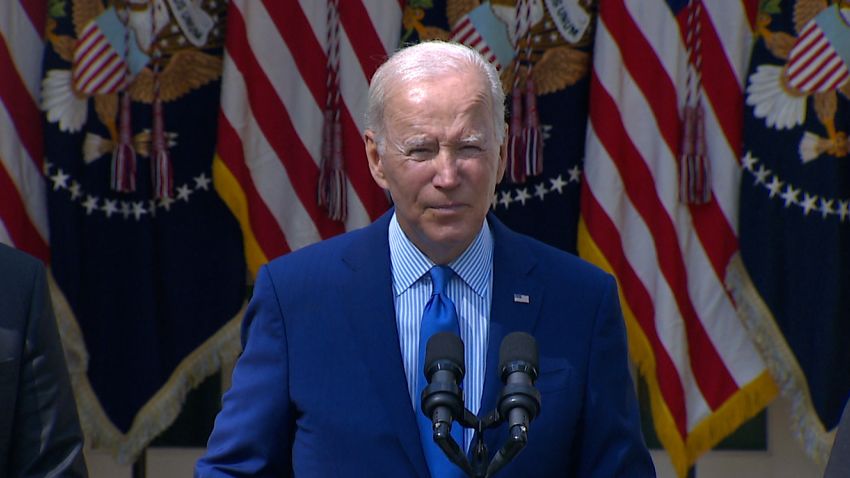With the midterm elections looming and President Joe Biden’s pledge to be the most pro-union president in US history, the negotiations between the rail industry and union representatives was an acute political landmine that increasingly unsettled Democrats torn between close union allies and the fear of major economic disruption.
White House officials had been engaged in a two-pronged sprint to encourage negotiations while also trying to secure contingency options for a worst-case scenario.
This is how the Biden administration averted the crisis:
Negotiations:
Biden had been closely watching the talks and had received regular updates through the last several days.
Senior White House staff, Cabinet officials and Biden himself had worked the phones for days to try and break the impasse. But they had also made clear in those discussions with industry and union representatives that their role is as a neutral arbiter, people familiar with the conversations said.
Labor Sec. Marty Walsh had been at the center of the ongoing talks. But despite two years of talks, an increasingly heated dispute over engineer and conductor attendance policies had left talks at a virtual standstill between the two largest of 12 unions involved in the talks.
Over the course of 20 hours on Wednesday, Walsh huddled with union and freight rail company representatives in an effort to break the logjam.
At this critical point of negotiations, a flood of statements went out throughout Wednesday from industry groups across nearly every critical US economic sector detailing the potential for devastating consequences of a shutdown.
“This is how any high-stakes negotiation goes,” the source familiar with the White House approach said. “All parties are always seeking leverage.”
As the marathon meeting between parties neared its 12th hour, Biden called in and underscored the stakes.
His message was consistent with the one he’d delivered in private calls over the course of the last several weeks, sources said, but an urgency framed around just how devastating a rail shutdown would be for the country was palpable.
“Failure wasn’t an option here,” one source with direct knowledge of the call said. “Everyone knew the stakes, but the President really hammered home how deep and catastrophic leaving without an agreement would be for the entire country.”
Eight hours later, Biden announced that a tentative deal had been reached.
Securing a contingency plan
The White House had been engaged in intensive discussions with key players in shipping, trucking and air freight to gauge the capacity to backfill freight rail disruptions if the strike did happen.
Officials stressed in those conversations they were ready to deploy any tool at their disposal that would help.
Biden named retired Gen. Stephen Lyons, the former head of US Transportation Command, as his port and supply chain envoy in June. He was tasked with establishing lines of communication between ocean liners and rail participants, officials said — something that deepened his relationships inside the industry, but also underscored the necessity of cooperation across supply chain components that are nearly entirely private-sector operated.
More than a year of outreach to key industry groups across the supply chain have created the administration’s own clear lines of communication, which one official views as exceedingly critical in a worst-case scenario.
Read the full report here.





